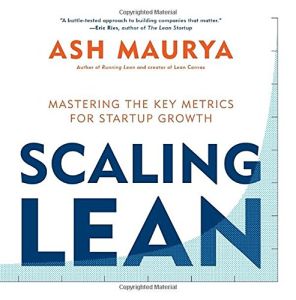Join getAbstract to access the summary!

Join getAbstract to access the summary!
Ash Maurya
Scaling Lean
Mastering the Key Metrics for Startup Growth
Portfolio, 2016
What's inside?
Business modeling expert offers a detailed process for scaling a start-up from idea to growing concern.
Recommendation
Business modeling expert Ash Maurya offers an illustrated, diagrammed guide to taking your start-up from idea to growing concern. Building on his highly acclaimed 2012 book, Running Lean, Maurya describes the stages involved in testing your ideas and building a scalable “customer factory.” Maurya’s process will help you decide where to invest time and money, based on taking an analytical approach to estimating the potential of your business model. You’ll learn how to gauge your progress objectively, set goals and “sprint” toward success, drawing from mini case studies, examples from Maurya’s start-ups and short exercises that you can apply to your ideas. getAbstract recommends his guidance on implementing Lean Methodology to all entrepreneurs, business owners and executives.
Summary
About the Author
Lean business model pioneer, mentor and teacher Ash Maurya starts and sells businesses using the Lean Methodology.

















Comment on this summary
And although it seems obvious now, I've never thought about going to such lengths to validate the "throughput" that you hope to achieve in your business model before you actually do anything concrete.
So a very useful summary.